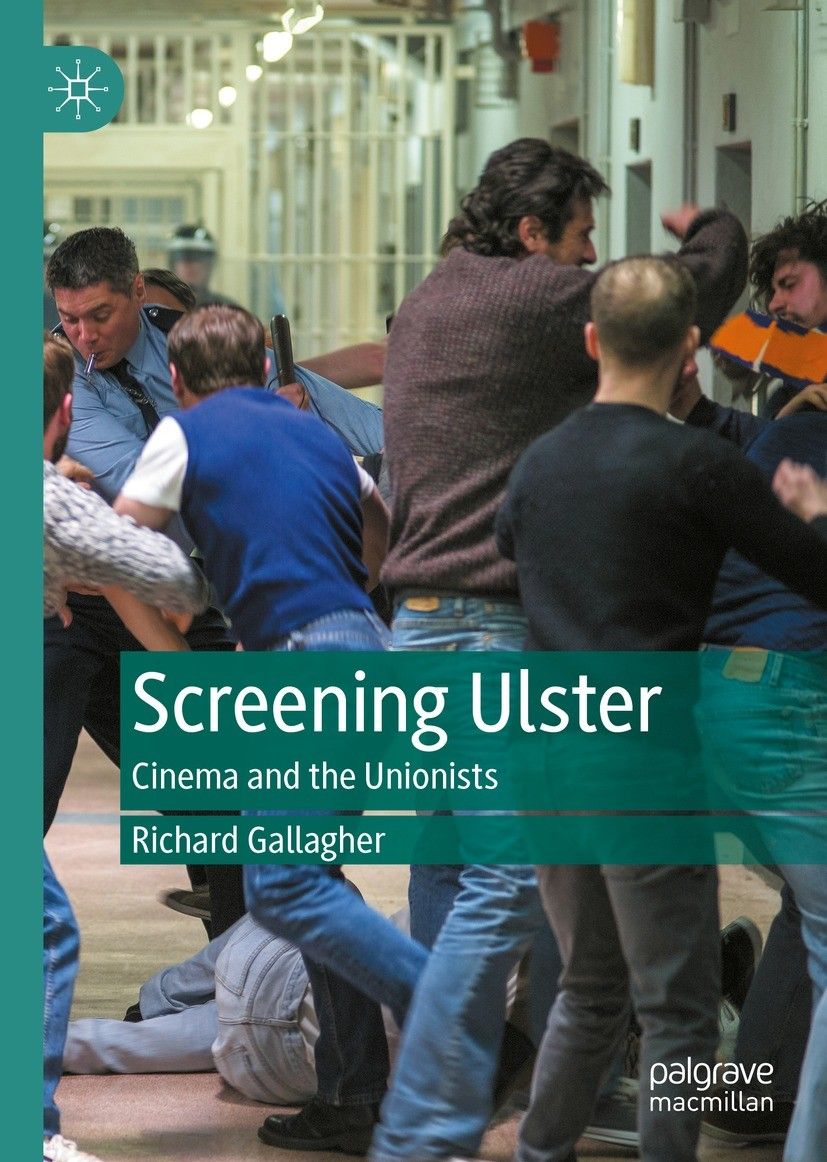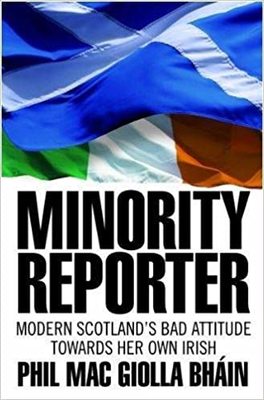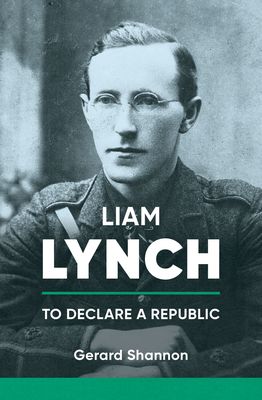Screening Ulster: Cinema and the Unionists by Richard Gallagher (Palgrave Macmillan, £25)
Media representation of “The Troubles” attracted criticism throughout the conflict from both nationalists and unionists, especially from those who identified as loyalists or republicans.
Complaints about press and broadcasting coverage largely centred on two aspects: distortion and over-simplification. It fell to novelists, playwrights and film-makers to offer a more considered perspective, although plenty of them were content to echo journalistic falsification.
There was a consistent bias against complexity and, as Richard Gallagher argues in Screening Ulster, nowhere was this more apparent than in the movie treatment of unionists/loyalists.
While nationalism dominated many scores of films made about the north of Ireland, whether for good or bad, unionism was consigned to the sidelines, a sort of off-stage noise rather than the centre of the action.
The fact that unionists were ignored or, more often, presented as merely the unexplored “other”, is just one of the media indignities about which the loyalist community has long taken exception.
To highlight this negative representation, which Gallagher terms as the unionist “cinematic deficit”, he explores the narrow range of movies that have featured unionism in some form or other.
However, before dealing with those films in detail, he points to the difficulty all writers and directors face in dealing with unionism, its problematical character. It is British, but quite unlike the other forms of Britishness to be found elsewhere in the UK.
It is so very specific to its geographical enclave and almost entirely unknown as an entity to the outside world. Therefore, explaining its idiosyncratic culture, with its multi-faceted characteristics, has proved to be a daunting challenge for film-makers. By contrast, nationalism is easy to get across.
The inevitable consequence, according to Gallagher, is that “the complexity that has come to characterise unionism is found to be largely absent in cinema”. Reductive cinematic portrayal of unionist identity has meant that it has been presented merely as the polarised opposite of Irish nationalism.
Gallagher’s perceptive series of analyses of cinema output begins with the emergence social-realist dramas of the 1980s, such as Neil Jordan’s Angel, Edward Bennett’s Ascendancy, and Pat Murphy’s experimental Maeve. These films, in his view, present unionists as living within a marginalised community that is “masculine, conservative and in decline.”
Like me, he is much more sympathetic to what he calls “the nuanced portrayal of northern Irish unionist identities” in two films made in the 1990s, December Bride and This Is the Sea. The former, a wonderful adaptation of Sam Hanna Bell’s superb novel of the same title, is set in a small Presbyterian farming community, which is redolent of similar communities south of the border. One fascinating aspect is that the grudging, but not overly hostile, way in which the leading characters relate to their Catholic neighbours.
Further into the 1990s, unionism on screen was more often seen through the perspective of paramilitaries, notably in two crime films, Nothing Personal and Resurrection Man. They were made against the background of the revelation about the gang of psychopathic, sectarian murderers we know as the Shankill Butchers and both attracted considerable hostility from unionist critics.
Aware of the criticism, Gallagher believes the film-makers were justified by the reality of a “heinous” and “horrific” loyalist violence which was mirrored in “loyalism’s tendency to revel in its own abject reputation.” This did, however, tar the wider unionist community with the same brush and he concedes that this amounted to “a clear de-contextualising on unionism.”
Once the Good Friday Agreement had been signed in 1998, the changed atmosphere allowed for the advent of comedic films about the conflict in which the agents of violence, meaning paramilitaries, could be dealt with in an irreverent fashion. His examples include Divorcing Jack, Barry Levinson’s An Everlasting Piece and The Most Fertile Man in Ireland. The plot of the latter revolves around a Romeo and Juliet-style romantic entanglement between people of different faith. Again, unionism is represented by loyalist thugs, although they are more bawdy than brutal.
Unionists acting officially on behalf of the British state (as distinct from those engaged in clandestine collusive activities) feature in films such as H3 and Silent Grace as prison officers. For republicans consigned to jail, it would be impossible to see such roles as anything but negative. In both instances, the screws embodied the inflexible nature of the unionist state.
More significant still, for audiences outside Ireland, they reflected unionism as an authoritarian regime. Even though they were released many years after the 1981 hunger strike, the films evoked memories of the harsh treatment meted out to inmates at the Maze.
In more recent years, as Gallagher notes, the number of films about the Troubles have decreased. So, he has found it necessary to cast his net wider to consider how unionists have been depicted. By far the most interesting vignette concerns the 2017 sequel to the 1996 film Trainspotting. Although set in Scotland, loyalists play a central part in the unfolding of the plot, with references to the Orange Order, Rangers football club and the Battle of the Boyne.
Given that the book is drawn from the author’s Phd thesis, which does not make it wholly accessible for a general reader, it offers valuable insights by coming at the subject from a non-mainstream point of view. It also succeeds in its main ambitions by charting unionism’s cinematic deficit and explaining why it has existed.
It does something of far greater importance that Gallagher may not have consciously set out to achieve. As the debate about a reunified Ireland moves forward, his study is a helpful contribution to our understanding as to why unionists feel alienated from both Irish and British society.








